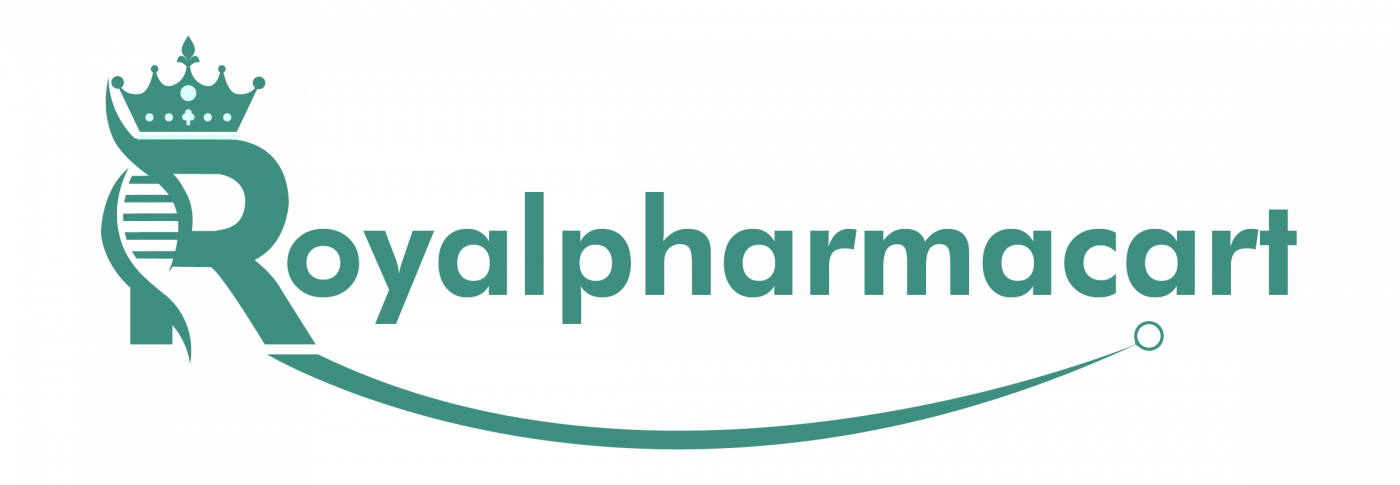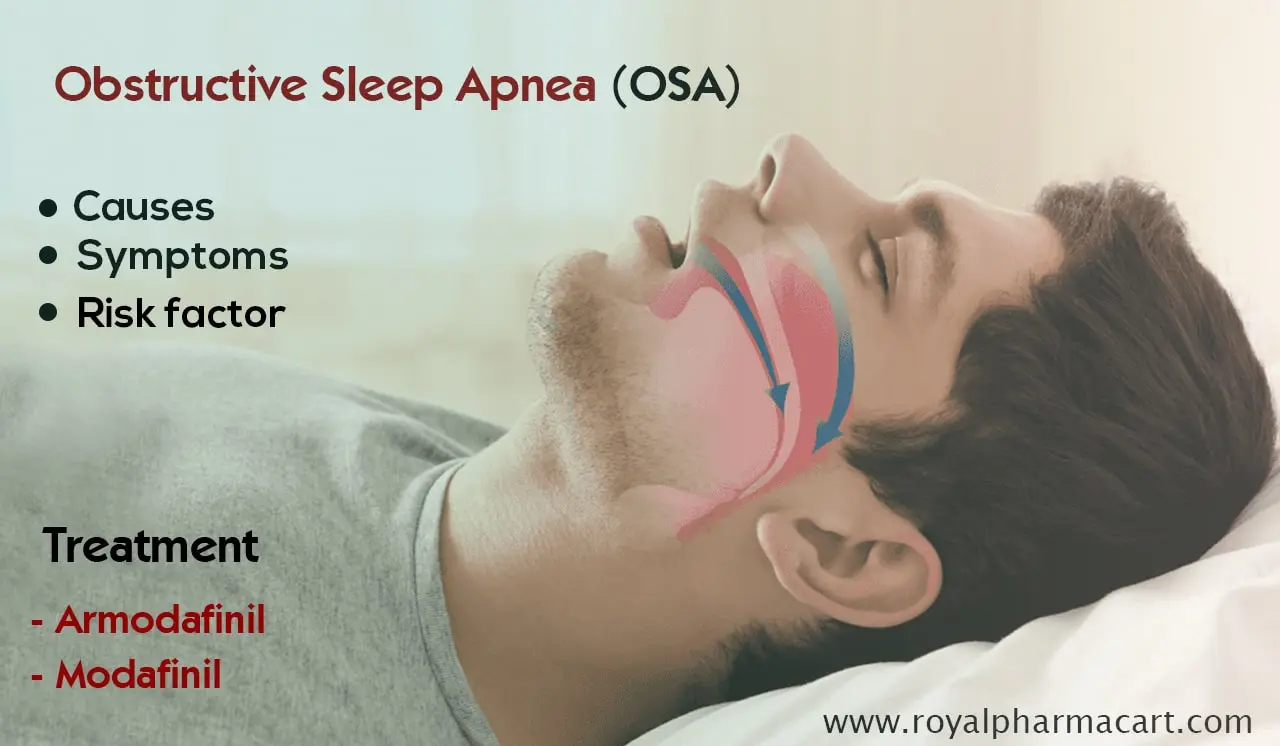Awake Alert, Personal Care
Obstructive Sleep Apnea (OSA)
What is Obstructive Sleep Apnea (OSA)?
Obstructive sleep apnea (OSA) is a disorder caused by repeated collapse of the upper airways during sleep. It is the most common sleep-related breathing disorder.
OSA occurs when the muscles that support the soft tissues of the throat, such as the tongue and soft palate, relax. This narrows or closes the airways, temporarily stopping breathing.
Normally, air should flow smoothly through your mouth and nose to your lungs at all times, even when you are sleeping.
A period of complete cessation of breathing is called an apnea or apneic episode. In OSA, the normal airflow stops repeatedly throughout the night.
OSA is more common in older men, but it can affect anyone, including children. The incidence increases after menopause and is similar in men and postmenopausal women.
Snoring is often associated with Obstructive Sleep Apnea (OSA). Snoring is caused by a flow of compressed air through a narrowed breathing space.
It is important to remember that snoring does not always indicate a serious possibility and not everyone who snores has OSA.
Obstructive Sleep Apnea (OSA) can lead to serious health problems, including:
- High blood pressure (hypertension)
- Heart disease
- Stroke
- Diabetes
- Atrial fibrillation (arrhythmia)
- Pulmonary hypertension
Proper diagnosis and treatment are essential to prevent complications.
Symptoms of Obstructive Sleep Apnea (OSA)
Most people with OSA experience daytime sleepiness. OSA causes a decrease in oxygen supply to the brain and other parts of the body, resulting in poor sleep quality. This causes daytime sleepiness and a lack of morning alertness.
People who share a bed with a patient with OSA may report:
- Loud snoring
- Panting
- Suffocation
- smell
- interruption of breathing during sleep
These symptoms are also often detected during other disease checkups and wellness screenings.
People with Obstructive Sleep Apnea (OSA) may also experience symptoms such as:
- Morning headache
- Feeling unhappy or grumpy
- Surveillance
- Drowsiness
- Repeated awakenings throughout the night
Other symptoms are:
- Hyperactivity in children
- Exacerbation of depression
- Poor performance at work or school
- loss of interest in sex
Daytime sleepiness puts people with sleep apnea at risk for car accidents and workplace injuries. Treatment can completely eliminate daytime sleepiness.
What causes Obstructive Sleep Apnea (OSA)?
Here are some conditions related to the OSA.
- Hypoventilation obesity syndrome, respiratory problems in obese people
- Endocrine disorders such as hypothyroidism, acromegaly, and polycystic ovary syndrome can affect breathing during sleep
- Chronic lung diseases such as asthma, chronic obstructive pulmonary disease (COPD), pulmonary fibrosis
- Neuromuscular disorders, such as strokes, that interfere with brain signals to the pectoral muscles and airways
- Heart or kidney failure can cause fluid to build up in the neck and block the upper airways
- Pregnancy
Risk factor
If you have physical features that narrow your upper airways, you are at greater risk for OSA. Risk factors for OSA include:
- Obesity
- Large tonsils
- Men with a collar size of 17 inches or more
- Women with a collar size of 16 inches or more
- large tongue that blocks the airways
- Jaw recession when the lower jaw is shorter than the upper jaw
- A narrow palate or airways that collapse more easily
- To smoke
- Family history of Obstructive Sleep Apnea (OSA)
Treatment of Obstructive Sleep Apnea (OSA)
Treatment for obstructive sleep apnea may include:
Reduce the Weight if necessary. Even a weight loss of just 10% can help.
Don’t take alcohol or sleeping pills. These tend to close the airways during sleep, preventing proper breathing for a long time.
Sleeping next to you This is useful if you suffer from mild sleep apnea which only occurs when you sleep on your back.
Nasal spray. These are useful if sinus problems or nasal congestion make it difficult to breathe while sleeping.
CPAP machine. The device includes a mask worn over the nose, mouth or both. A blower forces a steady stream of air through the nose or mouth. Atmospheric pressure is sufficient to prevent the tissues of the upper respiratory tract from relaxing too much during sleep. A similar device is the BPAP, which has two levels of airflow that change as you inhale and exhale.
Oral device. People with mild sleep apnea can use dental appliances or oral “mandibular advancement” devices that hold the tongue free and the jaw forward. This allows you to keep your airways open while you sleep. A qualified dentist will determine which type of appliance is best for you.
Medication. Drug therapy is usually not included in first-line treatment recommendations. Acetazolamide, medroxyprogesterone, fluoxetine, and protriptyline are used to treat obstructive Sleep Apnea (OSA). However, these drugs are not recommended. Walkert 150 mg and Modalert 200 mg Modafinil are approved by the U.S. Food and Drug Administration (FDA) for use in patients who remain sleepy during the day despite optimal use of CPAP. The greatest improvement was seen in patients taking modafinil at doses of 200-400 mg/day. Armodafinil, the R enantiomer of modafinil, is now FDA-approved for use in these patients.
Modafinil (Provigil)
It has a wakefulness-promoting effect similar to that of sympathomimetic agents. Indicated as an adjunct to standard treatment for OSAS/hypopnea syndrome to improve alertness in patients with excessive sleepiness.
operation. This is for people with excessive or irregular tissue blocking airflow through the nose and throat. For example, surgery can help if the nasal septum is twisted, the tonsils are swollen, the adenoids are swollen, or the throat is too narrow due to a small lower jaw. Doctors usually try other treatments first.
Obstructive sleep apnea surgery includes:
Upper respiratory tract stimulator. The device, called Inspire, has a small pulse generator that the surgeon inserts under the skin in the upper chest. The cords of the lungs trace your natural breathing patterns. Another wire running up the neck sends a delicate signal to the nerves that control the muscles of the airways to keep them open. The remote control lets you turn it on before bed and turn it off in the morning.
Somnoplasts. The doctor uses radio frequency energy to tighten the tissues at the back of the throat.
Nose surgery. These surgeries correct nasal obstructions such as deviated septum (when the wall between the nostrils is off center).
Mandibular/maxillary advancement surgery. The doctor moves the jaw and facial bones forward to clear the back of the throat. This is a complex procedure used only for people with severe sleep apnea and head and face problems.

